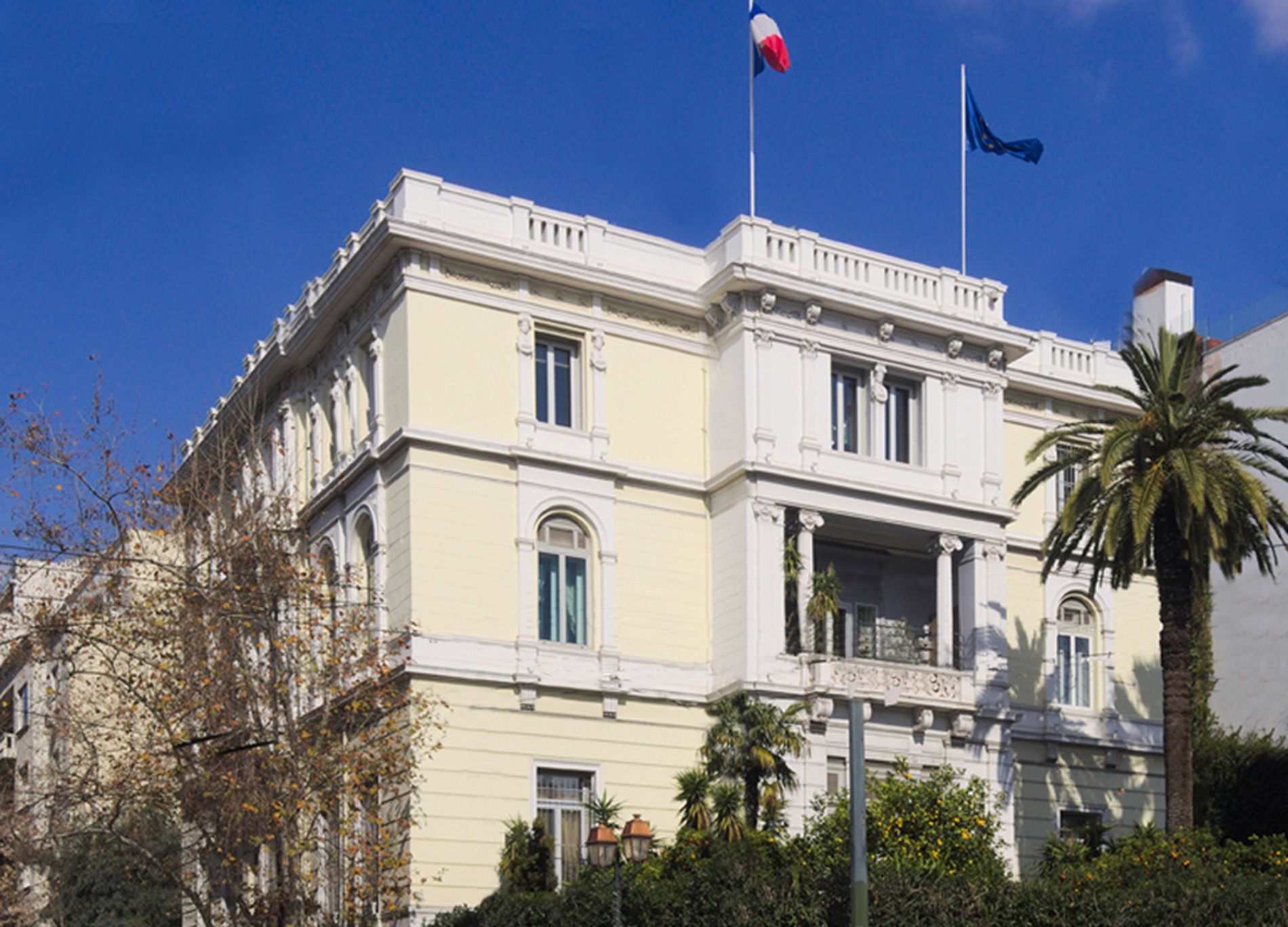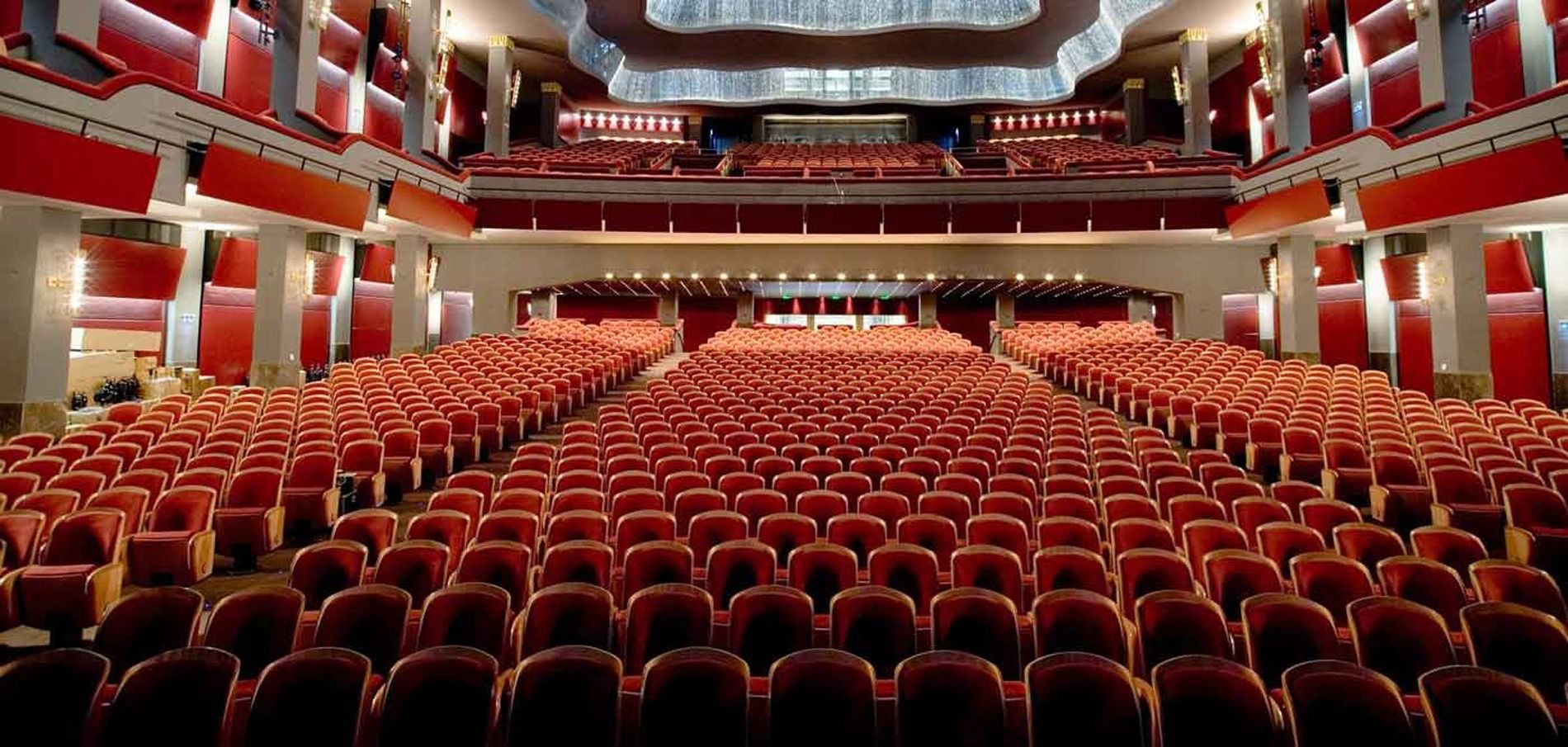Numismatic Museum
Numismatic Museum
The Numismatic Museum is one of the oldest state museums in Greece. It was established in 1834, the same year as the National Archaeological Museum. The spread of archaeology throughout Europe and the recent establishment of the Modern Greek state created the conditions for the protection of the national cultural heritage. Thus, from its establishment, the history of the Museum was directly linked to the history of the Modern Greek state, the social conditions and the cultural trends of each period. However, the personality of the people who ran it also played a decisive role in its course. In 1843, the Museum was housed together with the National Library in a hall of the University of Athens.
In 1856, Achilleas Postolakas was appointed as the numismatist, who was to retire from the management of the museum in 1888. Postolakas laid the foundations for the scientific organisation of the museum, took care of and increased the collections, recorded and published numismatic collections and systematically worked on the enrichment of the library. In 1867, the Numismatic Museum was officially designated by law as a branch of the National Library. In 1890, Ioannis N. Svoronos was appointed numismatist and remained director until 1922. The Museum was moved to the east wing of the Athens Academy building, where the first coin exhibition was organized. In 1893 the museum became independent and came under the Rectorate of the University of Athens, under the supervision of the General Curator of Antiquities, while in 1910 it came under the Archaeological Department of the Ministry of Education, along with all the other museums Svoronos took care of and enriched the museum with many monetary collections and ‘treasures’. At the same time, he had a wealth of written works, such as his fundamental studies on the coins of Crete, Athens and the Ptolemies – where a more synthetic approach to ancient currency is made – and a publication in 1898 of the scientific journal International Journal of Numismatic Archeology, which helped to make the Numismatic Museum a scientific centre with international visibility.
The museum remained at the Academy of Athens until 1940, when the director, Irini Varouha, decided that the collections should be transferred to the Bank of Greece for safety reasons due to the Second World War. In 1946, the Numismatic Collection was moved to the first floor of the National Archaeological Museum, where the new exhibition was completed in 1956. In 1964, Manto Economidou became the director of the museum. In 1965, the administrative autonomy of the Numismatic Collection was decided, and in 1977 it was given the old title of Numismatic Museum.
The enrichment of the Museum continues and very important steps are taken in the recording and management of its collections. The reconstruction and publication of the ancient Greek and Byzantine “treasures” held in the museum, important tools for approaching the monetary circulation of each period, document the museum’s participation in new research trends. At the same time, in the 1970s the maintenance workshop was organised, while in the 1980s the first educational programmes were carried out. In 1984, the building “Iliou Melathron” was given to the Ministry of Culture to house the Numismatic Museum. The monument needed extensive restoration and conservation work on the frescoes and mosaics. In 1994, under the directorship of Ioannis Touratsoglou, the enrichment of the collections and publications continued, European cooperation programmes and digital applications began, while the Museum’s website was designed and implemented on the Internet. In 1998, after extensive restoration and maintenance work, the Museum’s permanent exhibition was inaugurated on the first floor of the Iliou Melathron, presenting ancient Greek currency, the history of the Numismatic Museum and information about Heinrich Schliemann, the first resident of the Iliou Melathron.
In 2003, with Despina Eugenidou as director, the museum’s collections, library and equipment were moved to Iliou Melathron. The facades of the building were restored and the decoration of the second floor was preserved. At the same time, infrastructure for visitors was created, such as a lift for people with disabilities and a café in the museum’s garden. In addition to its publications, the museum is increasingly open to the cultural and social life of the city, with conferences, events, activities and daily educational programmes. In 2007, the permanent exhibition on the second floor of the Iliou Melathron was completed with the presentation of the history of coins from Roman to modern periods.






